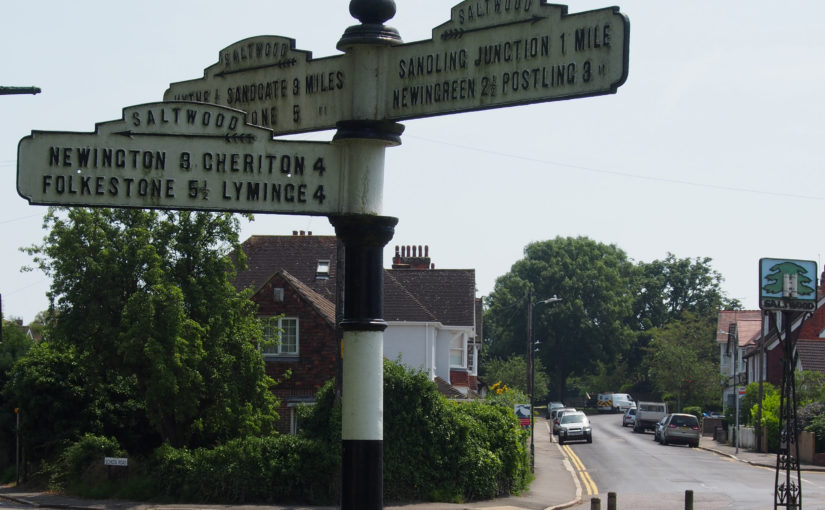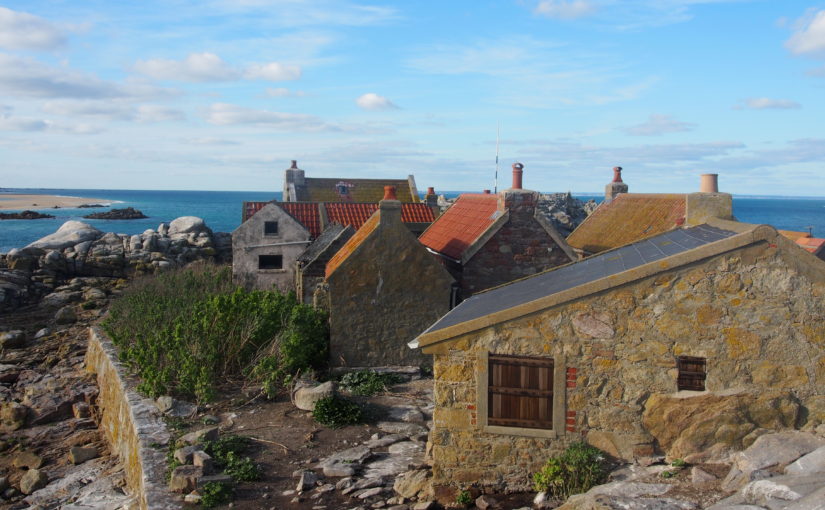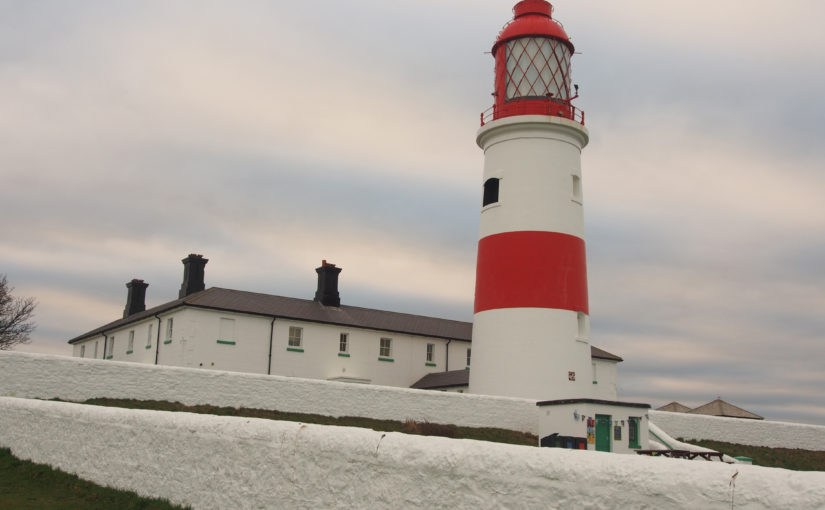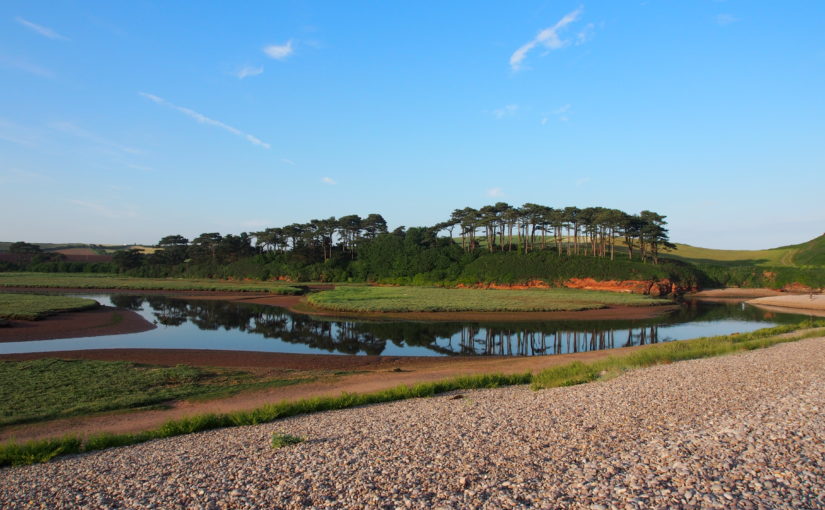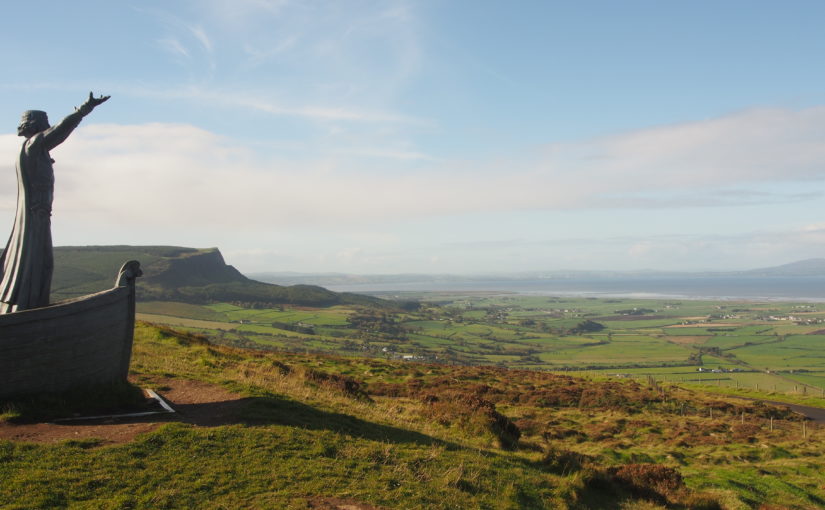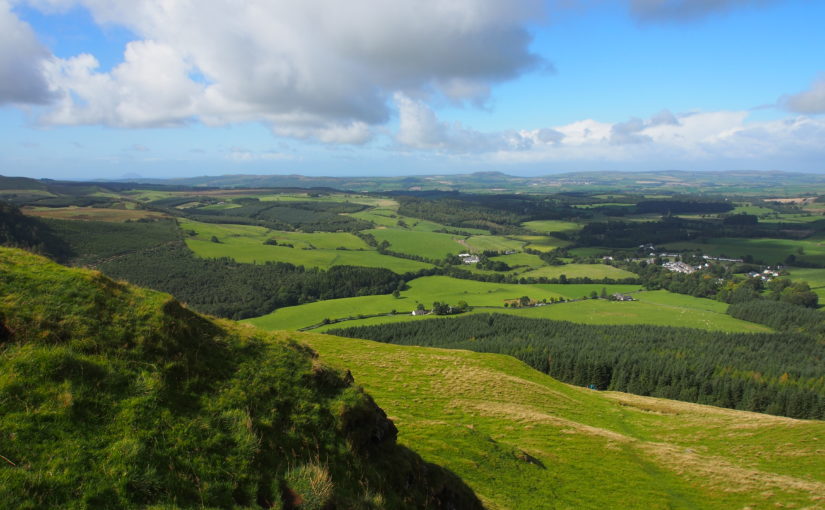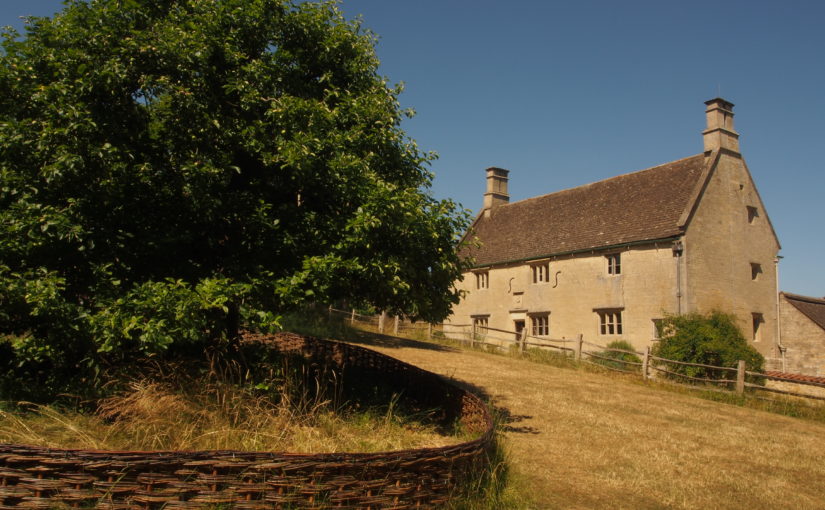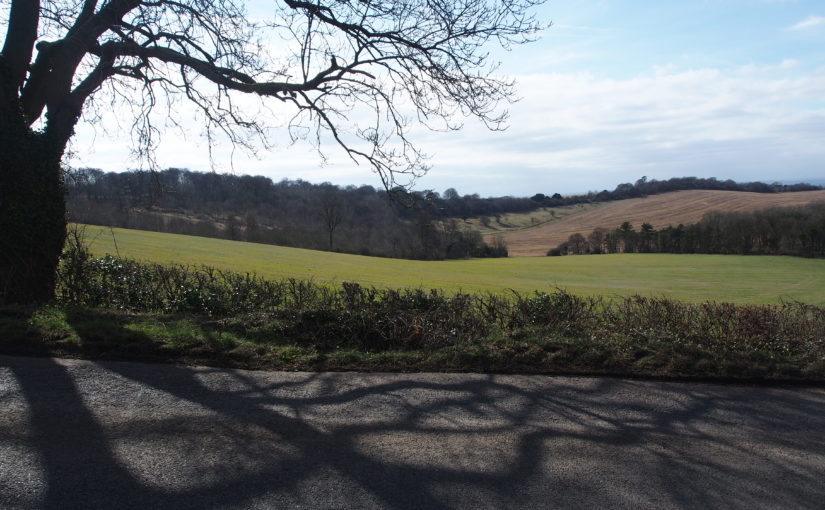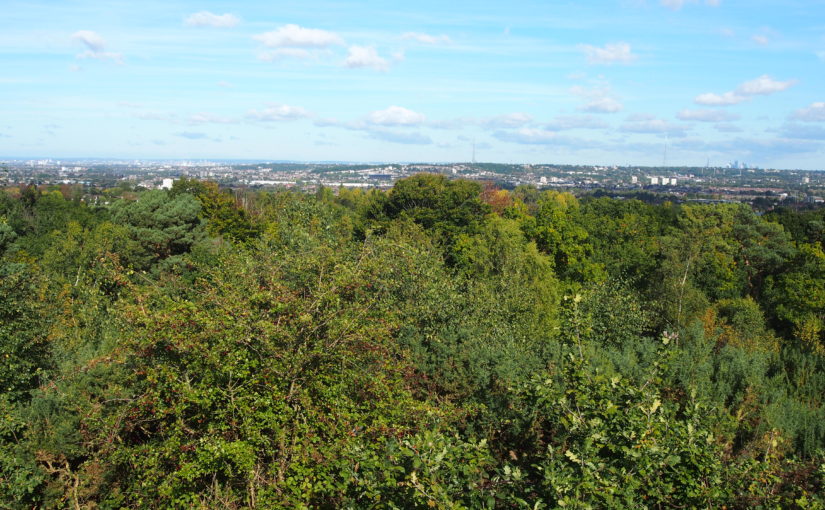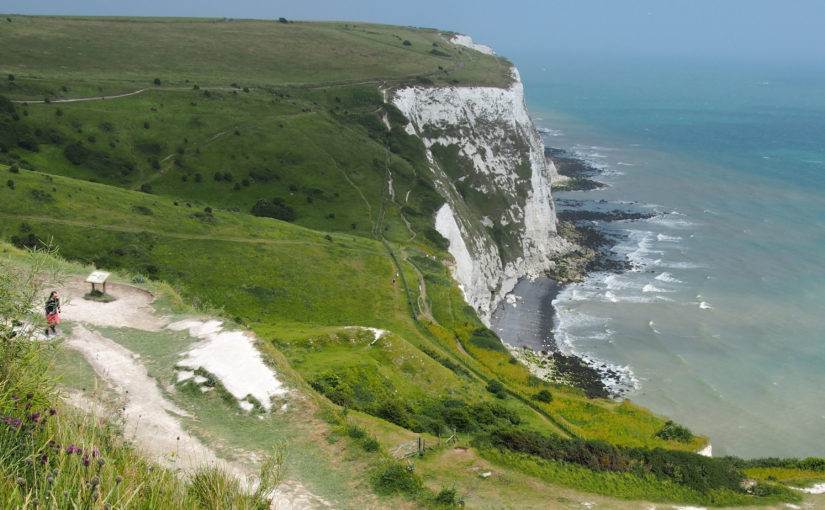This handbook provides practical advice and inspiration to promote landscape-sensitive design within the Kent Downs Area of Outstanding Natural Beauty (AONB). Given the designation of the area as AONB, it is vital that the characteristics of the Kent Downs landscape are understood, protected and enhanced in order that the evolving landscape retains its special character. The Landscape Design Handbook aims to ensure that any new development, land use or land management approach respects and enhances the Kent Downs’ unique sense of place. It sets out design principles and detailed design recommendations to promote good practice in landscape design across the AONB, to enhance the distinctive features of the landscape and to promote local variation in landscape character.
The updating of the Landscape Design Handbook is very timely given the unprecedented pressure for development both within the AONB and within its setting. Some of the pressure is from large-scale development, but small-scale development and change can also be damaging to local character unless it is undertaken sensitively. The Handbook addresses one-off and cumulative landscape changes, and is relevant to both development planning and landscape management projects.

